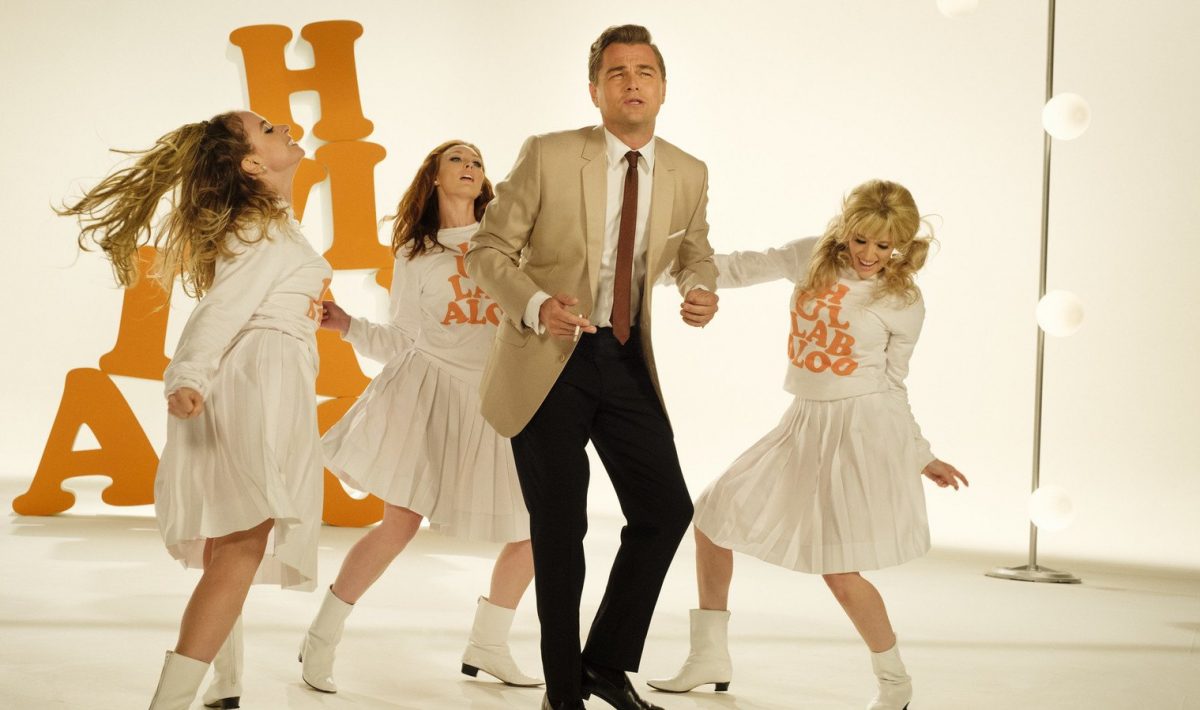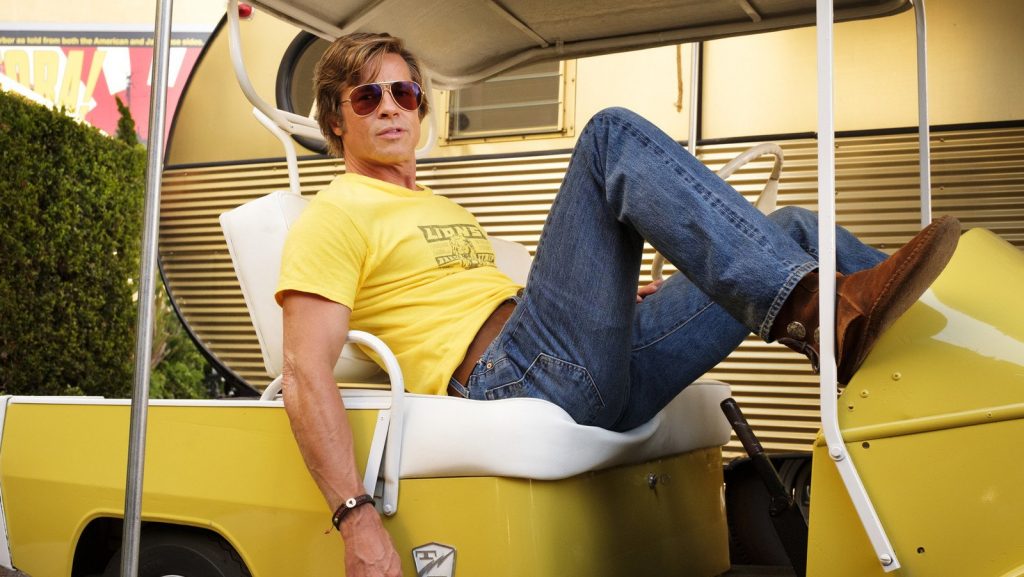In his ninth full-length movie, Quentin Tarantino returns to the idea he played before in the Inglourious Basterds (2009). Against the backdrop of real, historical events, he builds a fictional story, slowly connecting puzzle pieces together for the construction of alternative reality. Here’s how a guy fed from a cinema breast as a child, wants to change the course of history, to fix the world.
We are already too accustomed to the pulp not to guess what the climax of two and a half hours of Once upon a time … in Hollywood will look like – or not. We know what Tarantino is talking about: the television and film industry of the late 1960s, placing – more importantly, and basically the background that attracts the most attention – the character of Sharon Tate and the Manson sect as context. We can slow down the pace and go with the director on a journey taken out of the Hollywood postcard from 50 years ago. And this is a very autothematic journey. I’m not sure if Los Angeles in the movie is more illuminated with vintage-neon lights, billboards, a beautiful digit through which we see the world from half a century ago, or maybe the misty memories of 5-year-old Tarantino then – memories obviously too distant to remember them well, but matured in the cinema experience.
Anyway, there will be a lot of contexts and winks to the viewer – references to real characters, mockeries of somewhat absurd TV genres sluggishness, the use of various types of tapes and film formats. There is a black and white 16mm tape (in the films shown via this tape Rick Dalton (Leonardo DiCaprio) will climb the ladder of fame, it is a highly conceptualized, genre television that is slowly falling into oblivion) and colored 35mm (marking a change in the television industry and the new generation of television programs). Just as the Artist (dir. Michel Hazanavicius, 2011) faced the importance of the appearance of sound in the cinema, so Tarantino talks about the moment when television begins to change the rules of the game.
Digital image, our basic medium, therefore becomes just the first layer, after entering which the next screens will just wait for us. TV screens, but also cinema screens – here I particularly mean one scene in which cinema (oh, how cinema loves mise en abyme) becomes a place of penetration of reality. Tarantinian Sharon Tate (Margot Robbie) sees her real-life version during The Wrecking Crew (1969) screening[1]. For Sharon-Margot, this is the moment of projection-identification in which she in fact becomes the depicted character. For viewers, this is a schizophrenic moment in which several elements interpenetrate simultaneously: the presented world, authenticated Sharon-Margot, and the cracks revealed in this world that remind us of historical facts – after all, we know what will happen soon to Sharon Tate. The whole movie is slowly becoming a long wait for the inevitable.
The buddies path of Rick Dalton and Cliff Booth (Brad Pitt) serves to show what the industry looked like at the time, as well as to display the performances of actors who we know so well. It is a sentimental journey, colorful and … boring. Although in Once Upon a Time … in Hollywood, Tarantino presents himself as a creator definitely more mature compared to his previous works. He uses contexts even more efficiently, but at the same time he is slower, bereft of verve. Of course, talking about events whose participants are still alive requires gentleness, which the American director definitely does not lack. However, one can assume that even the last sequence of scenes, satisfying and essentially tarantinian, will not please the mass viewer.
One can suspect that it is a matter of choosing a topic. Catchy, but half-forgotten, presently lived rather as a sigh over the grave of friends than as a living wound. Topic of Inglourious Basterds (comparison to which cannot be avoided when it comes to the story structure) was more receptive, because it concerned the terrifying collective event that changed the world forever. So the question to which every viewer can try to answer on their own remains: is fiction able to fix the world, at least when it comes to therapeutic overcoming of trauma?
Tarantino is more mature, but he is still just a boy,
a well-intentioned fellow who would truly want the world to become a better
place (his two previous movies – Django and The Hateful Eight – were in his own way a
voice of support for ethnic minorities, and this time maybe he would even like
to subtly criticize the violence against women). Only maybe these desires stop
too often at simple game.
[1] One can also see – thank you, Michał, for inspiring conversation and pointing me this trail – the importance that the gaze gains in this scene. Here Sharon-Margot is watching Sharon-Sharon on the screen and at the same time she is spying the reaction of viewers. Sharon-Sharon plays a typical, comedic, feminine character of those times – clumsy, this objectification serves the male gaze. In this sense, Sharon-Margot becomes not only a character who breaks this gaze by looking at herself, but also a judge who, wanting or not, assesses the viewers’ gaze.







